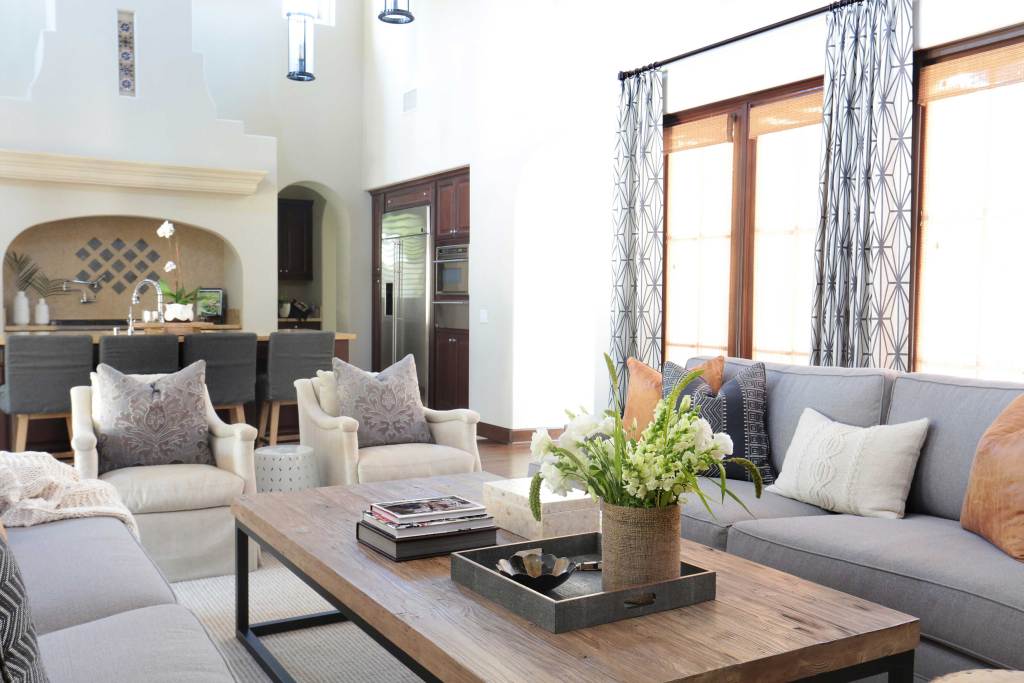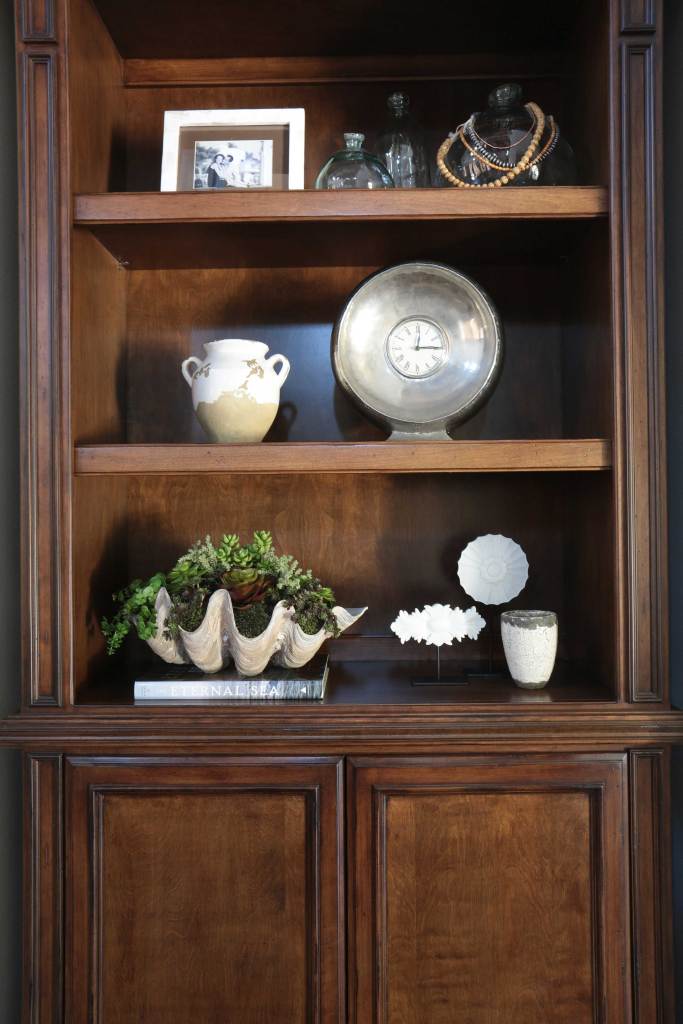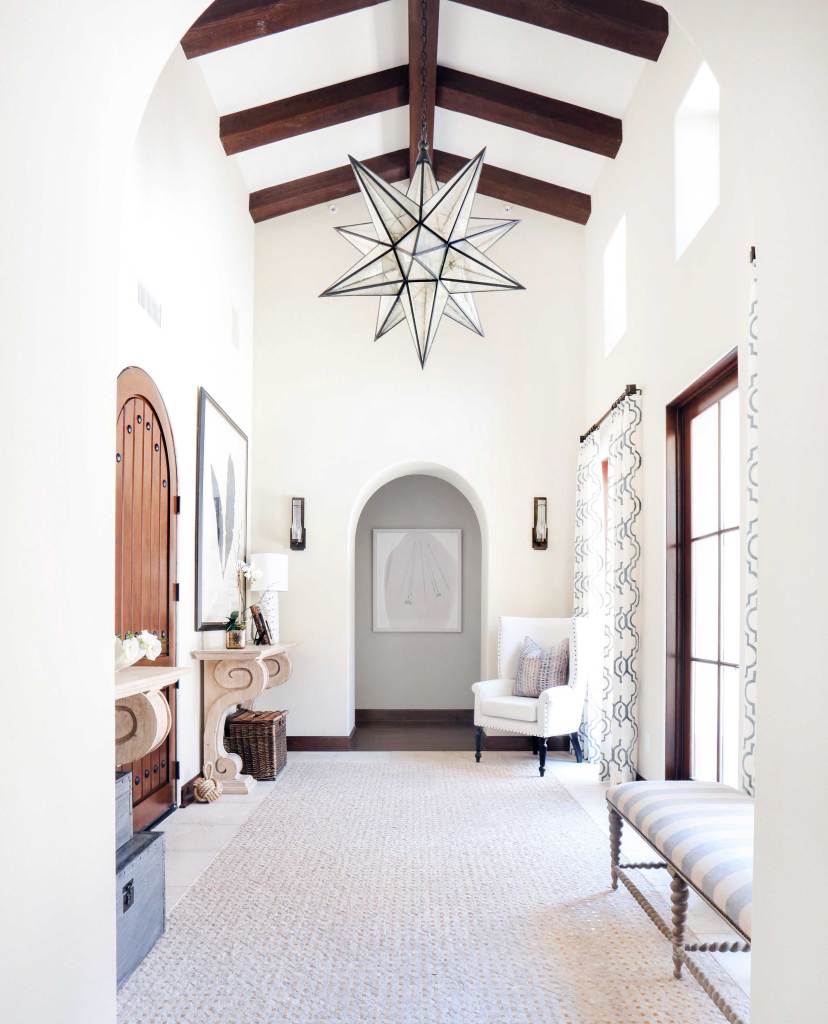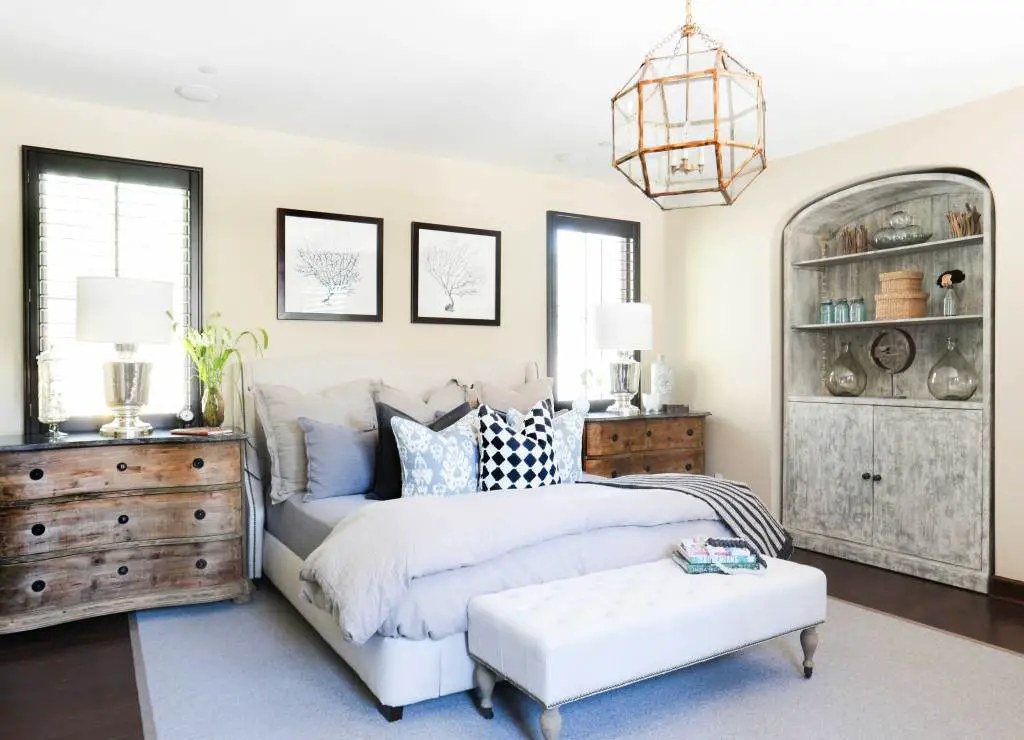Sustainability is a practice that can be implemented into every part of our lives. To be sustainable, we have to consider how our lifestyle and actions impact the environment, and how we can change to lessen our environmental footprint. Our housing and how we design the space we live in can play a large role in our eco-footprint. If you’re looking to go green, there are many steps you can take in how you design your home to be more eco-friendly.

What Makes Interior Design Unsustainable?
First and foremost, it’s important to acknowledge the challenges in the interior design and housing industries when it comes to sustainability. Your environmental impact goes beyond what you do inside your home, because there are larger systems that we depend on to produce and deliver the products we use to furnish our homes. Being aware of these systems and unsustainable practices that occur is the first step to making more sustainable choices. These are a few of the biggest challenges that often go overlooked:
Exploited Labor
Sustainability goes beyond protecting nature; it also includes human health and safety. Exploitative labor practices are commonplace in large scale supply chains for many of the products that we consume on a daily basis. The U.S. Department of Labor reports that forced labor and child labor are widely used in the furniture, rug, textile, and brassware industries.
Unsustainable Wood Harvesting

In the furniture industry, wood is a staple material. Most large furniture manufacturers use unsustainable wood harvesting practices that cause deforestation. Deforestation contributes to CO2 emissions, habitat loss, and species extinction. In addition to the unsustainable wood harvesting that is generally commonplace among the housing and furniture industries, some companies engage in illegal wood harvesting. This can cause conflicts with local indigenous peoples, challenge human rights, and can endanger protected forested areas.
Furniture Waste
The nature of the furniture market prioritizes single-use products and immediate satisfaction, meaning we tend to buy new furniture and throw it away when we no longer want it. Used furniture often goes unwanted and ends up in a landfill. The Environmental Protection Agency has reported that 10 million tons of furniture end up in landfills every year. This furniture waste will only continue to increase as flat-packed furniture becomes more popular, encouraging a “fast furniture” mindset of buying cheap furniture that doesn’t last.
Solutions to Sustainability Challenges

If you want to fully embrace sustainability in the design of your home, here are some of the best solutions to these major sustainability challenges:
1. Buy used furniture
Before you buy a new piece of furniture, shop used first. Check out local marketplaces like Facebook and Nextdoor; oftentimes you can find furniture in good condition with a little patience and determination. You can also turn a used piece of furniture into a DIY project – give it a fresh coat of paint or dismantle it and build something new.
2. Buy wood consciously
If you are buying wood products new, find a business that discloses their wood harvesting process. This goes for all wood products, such as doors, flooring, kitchen cabinets, etc. Many smaller companies like ETO Doors sell wood products that are FSC certified, meaning they are made with sustainably forested wood.
3. Shop fair trade
When buying any new products, learn about the sourcing and production process of the company you’re buying from. Try to shop at businesses that disclose their practices and follow fair trade principles. This means sustainable production and no exploitative labor.
4. Recycle décor materials

When it comes to décor, get creative! There are many ways to use recycled materials to create beautiful DIY décor. Alternatively, buy décor that is made from recycled materials. This can apply to furniture and rugs as well.
5. Design for efficiency
Keep energy efficiency in mind while designing a space. Heating and lighting are key components of interior design. Utilize natural lighting as effectively as possible to minimize the need for artificial lighting. Opt for eco-friendly lighting options that let you control the color and brightness settings. For cold climates, thermal insulation from carpeting and rugs goes a long way to reduce the energy your heating system uses.
Thanks to .etodoors.com for consulting on this post.
























